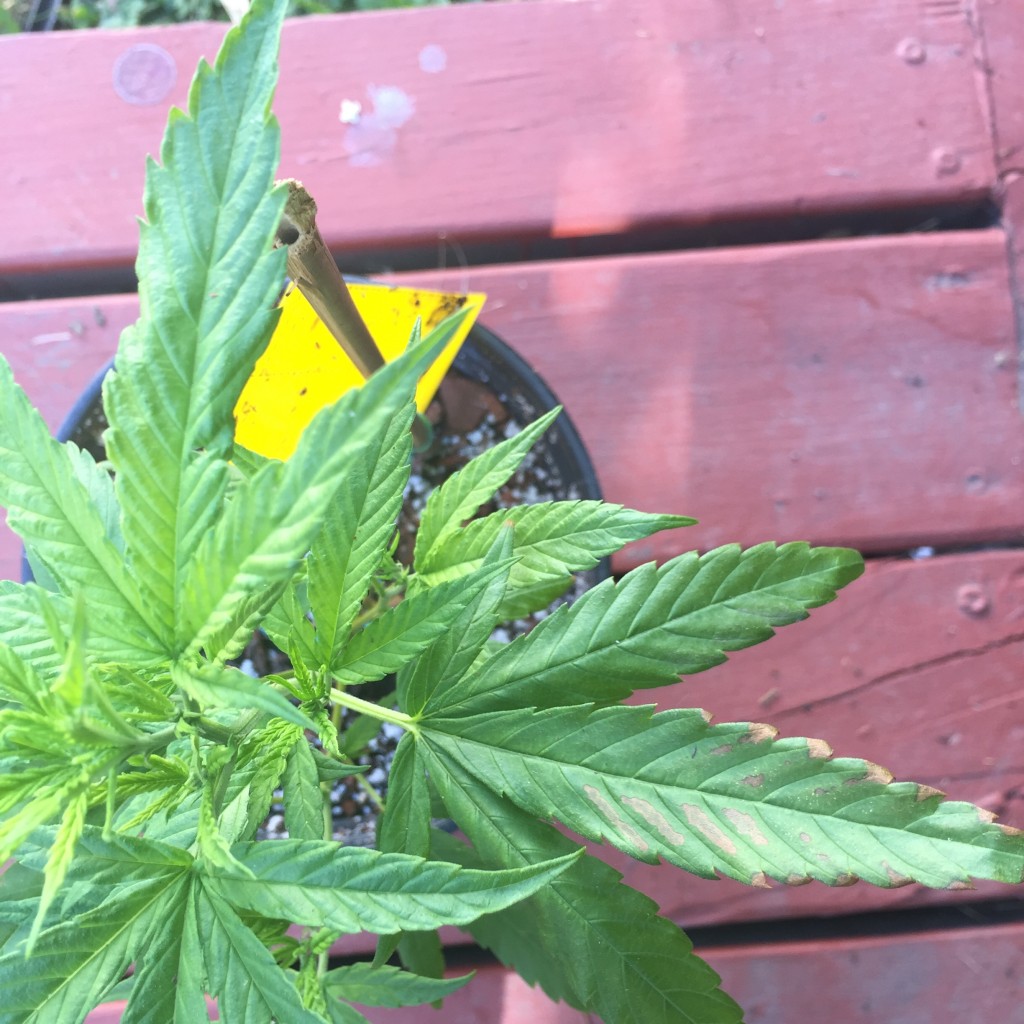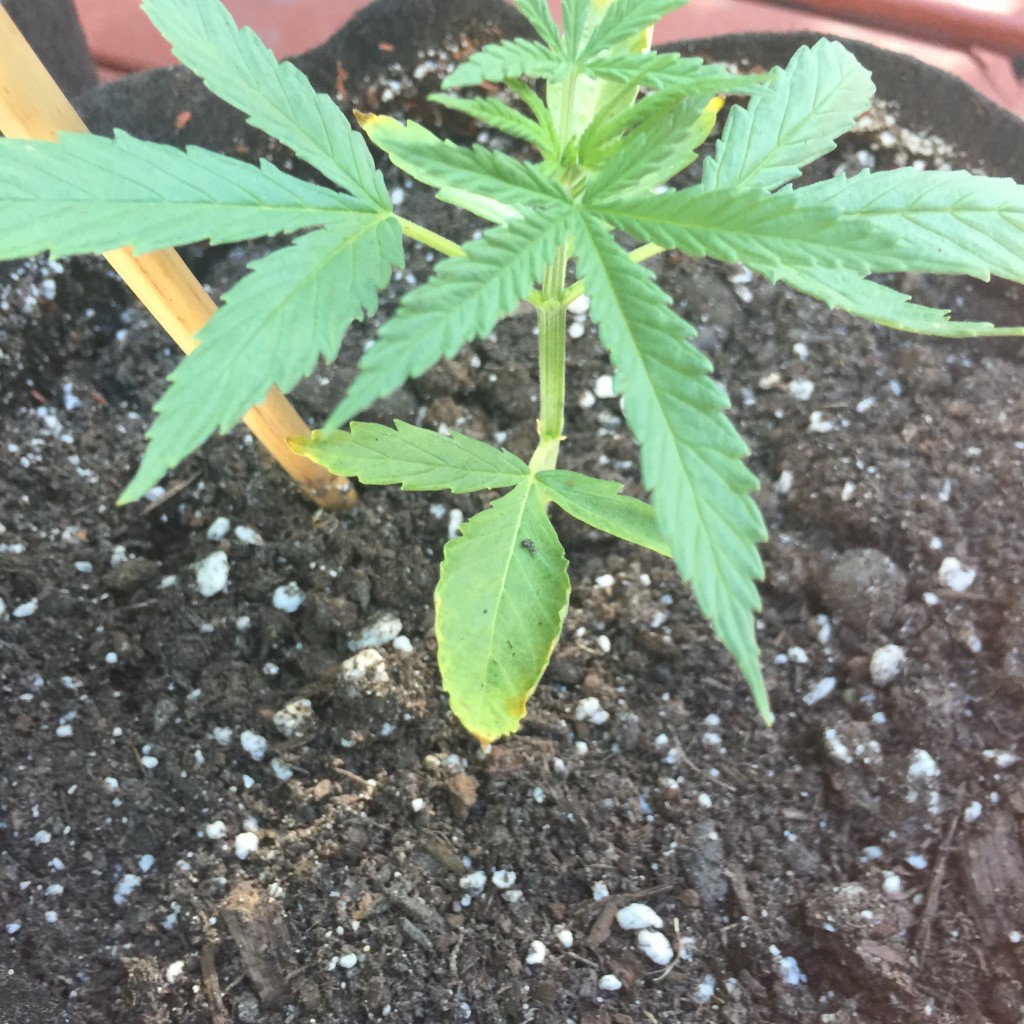Tookerton21
New Member
I have had numerous problems this growing season and first time growing outdoors in the Pacific Northwest. I have some Venice OG and dr who strains that h am growing. My problems started off with pests and lots of them. I believe it had to do with our late start to our summer, and abnormally high humidity. Had aphids, fungus gnats, white flies and spider mites. I have controlled them and almost kill them all. I moved the infected plants into smart pots to assist with drying out the soil quicker, water them less, and used a drench gognat (cedar oil). This really helped a lot and in combination with the sticky traps to reduce the amount of adults that are able to reproduce. I used azamax and safer to protect my foliage as a foliage spray. Have been doing this for weeks, with satisfactory success.
I'm using fox farm soil, supplemented with eggshells, and worm castings. Used only fish emulsion nutes in the veg stage. Now I have about 1.5 weeks left until they go into flowering and my leaves are the big brown, and crisp like its burnt. Started off on one plant and is moving all around to them. New growth looks mutated on most of my OG's. I did a flush 3 days ago in case their was a salt build up from the fish nutes and help with a blank slate of need to supplement with other nutes. Most of these issues are on my smaller plants but the mother plant they came off are displaying the same on the few older lower leaves and definitely wierd growth shoots on new growth.
Any help and advance is greatly appreciated and hope I have enough details about the issues, and what I am using. Again these are all purely outdoors and was hoping to move the dr who indoors once those have been sexed, since those are from seed.
I'm using fox farm soil, supplemented with eggshells, and worm castings. Used only fish emulsion nutes in the veg stage. Now I have about 1.5 weeks left until they go into flowering and my leaves are the big brown, and crisp like its burnt. Started off on one plant and is moving all around to them. New growth looks mutated on most of my OG's. I did a flush 3 days ago in case their was a salt build up from the fish nutes and help with a blank slate of need to supplement with other nutes. Most of these issues are on my smaller plants but the mother plant they came off are displaying the same on the few older lower leaves and definitely wierd growth shoots on new growth.
Any help and advance is greatly appreciated and hope I have enough details about the issues, and what I am using. Again these are all purely outdoors and was hoping to move the dr who indoors once those have been sexed, since those are from seed.




